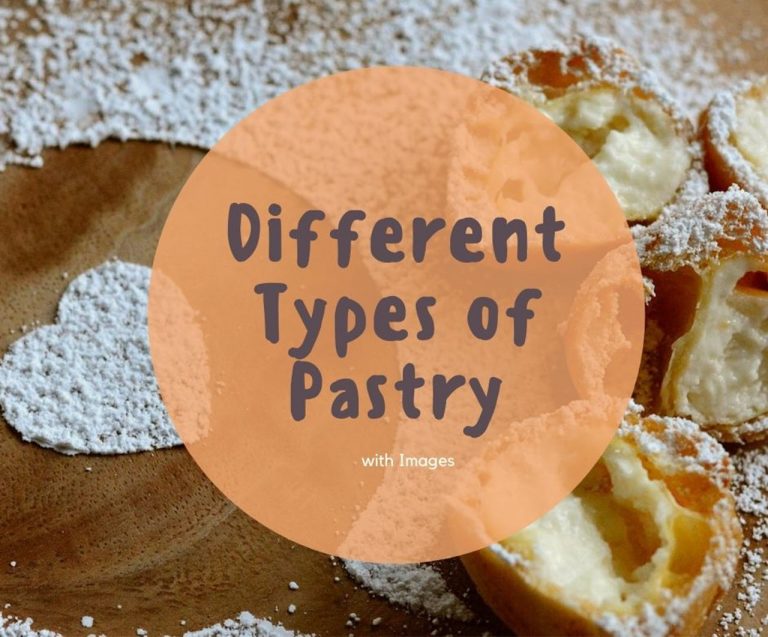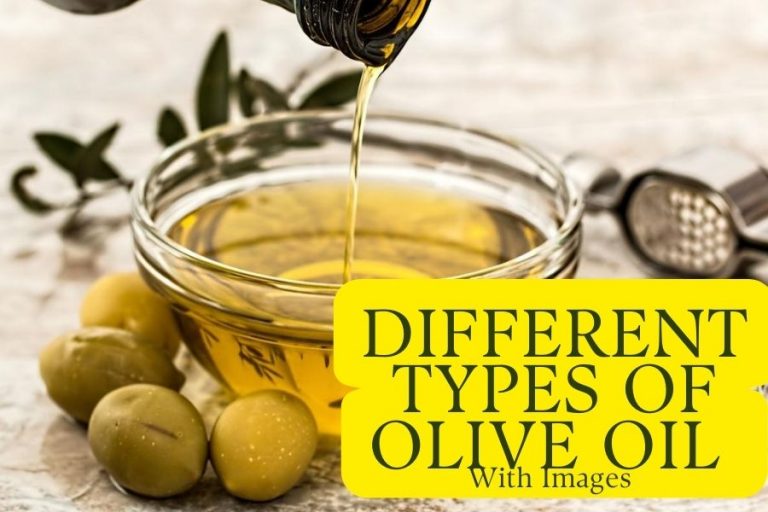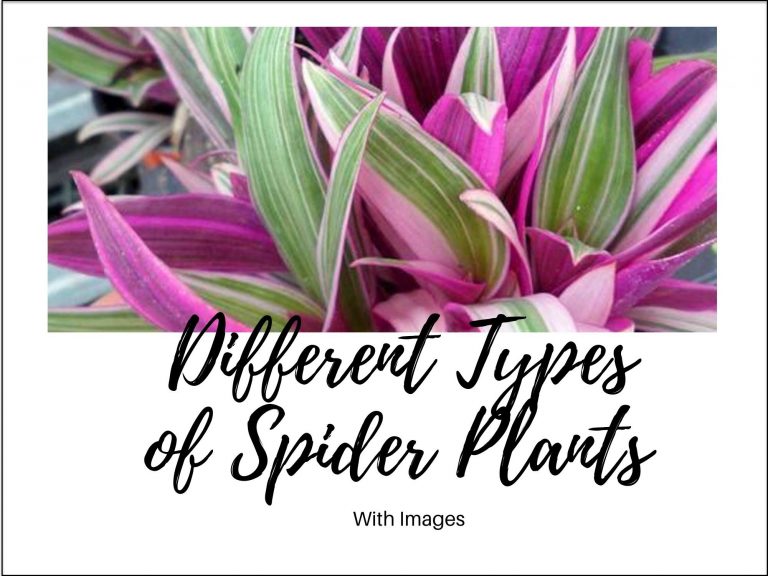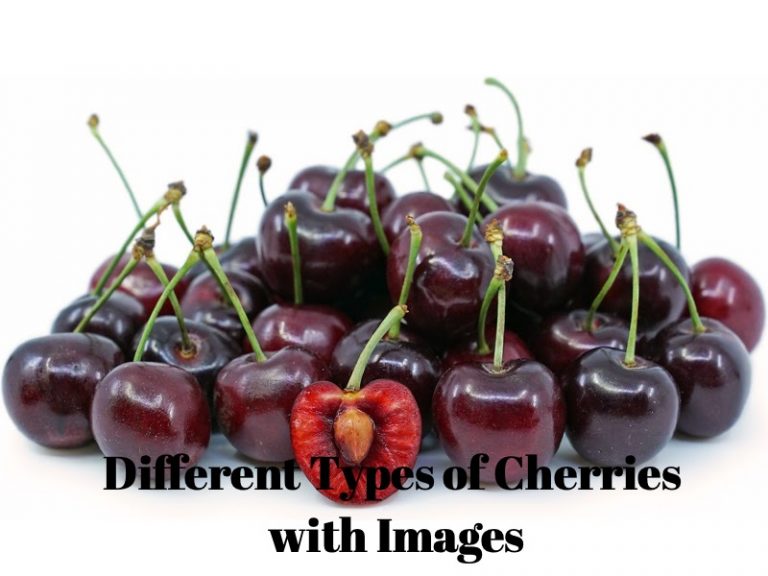7 Different Types Of Persimmons With Images
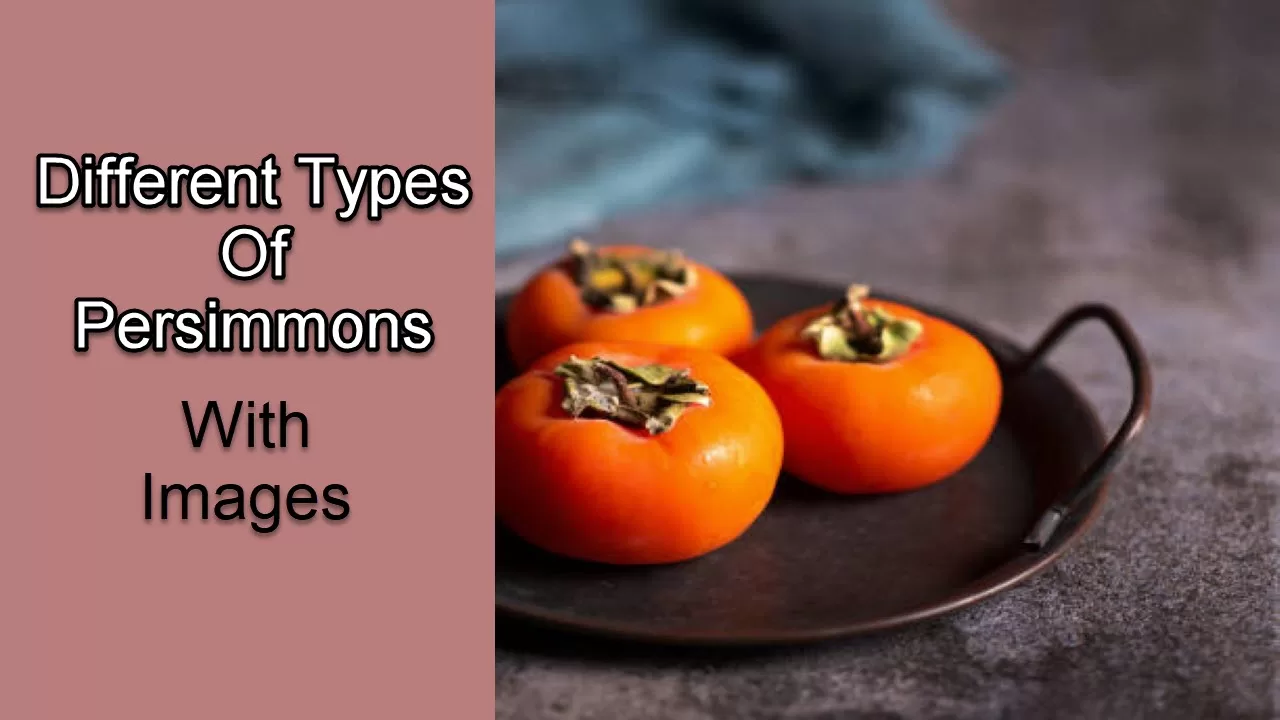
A persimmon is an edible fruit of a number of species of trees in the genus Diospyros. The taste of Persimmons is described as a beautifully delicate flavor that almost has a cantaloupe-like color and sweetness. Aside from that, persimmons taste like honey or squash, but it is more on the vegetable side.
Persimmons are known to be a good source of vitamins A and C as well as manganese that is responsible for the blood to clot. Other antioxidants that help in reducing the risk of many serious health conditions including cancer and stroke are also found in a persimmon.
Persimmons may come in different sizes, shapes, colors, flavors, and textures. Eating a persimmon is also easy. Simply rinse it, remove the leaves, and slice it like an apple. Then eat the custard-like flesh with a spoon. The peel is also edible, so you might want to bite it right away.
Diospyros kaki, the Oriental persimmon, is one of the most widely grown among the types of persimmons. Let us take a look at how each persimmon differs from each other by reading the content below.
Types Of Persimmons
What Are The Different Types of Persimmons
Also called as divine fruit, persimmon is actually a type of berry, but like the tomato, it is not commonly considered to be berries. There are species of persimmons that are not edible to humans, but there are types that are grown for their fruit for human consumption.
Let us check these types of persimmons and know each of their qualities.
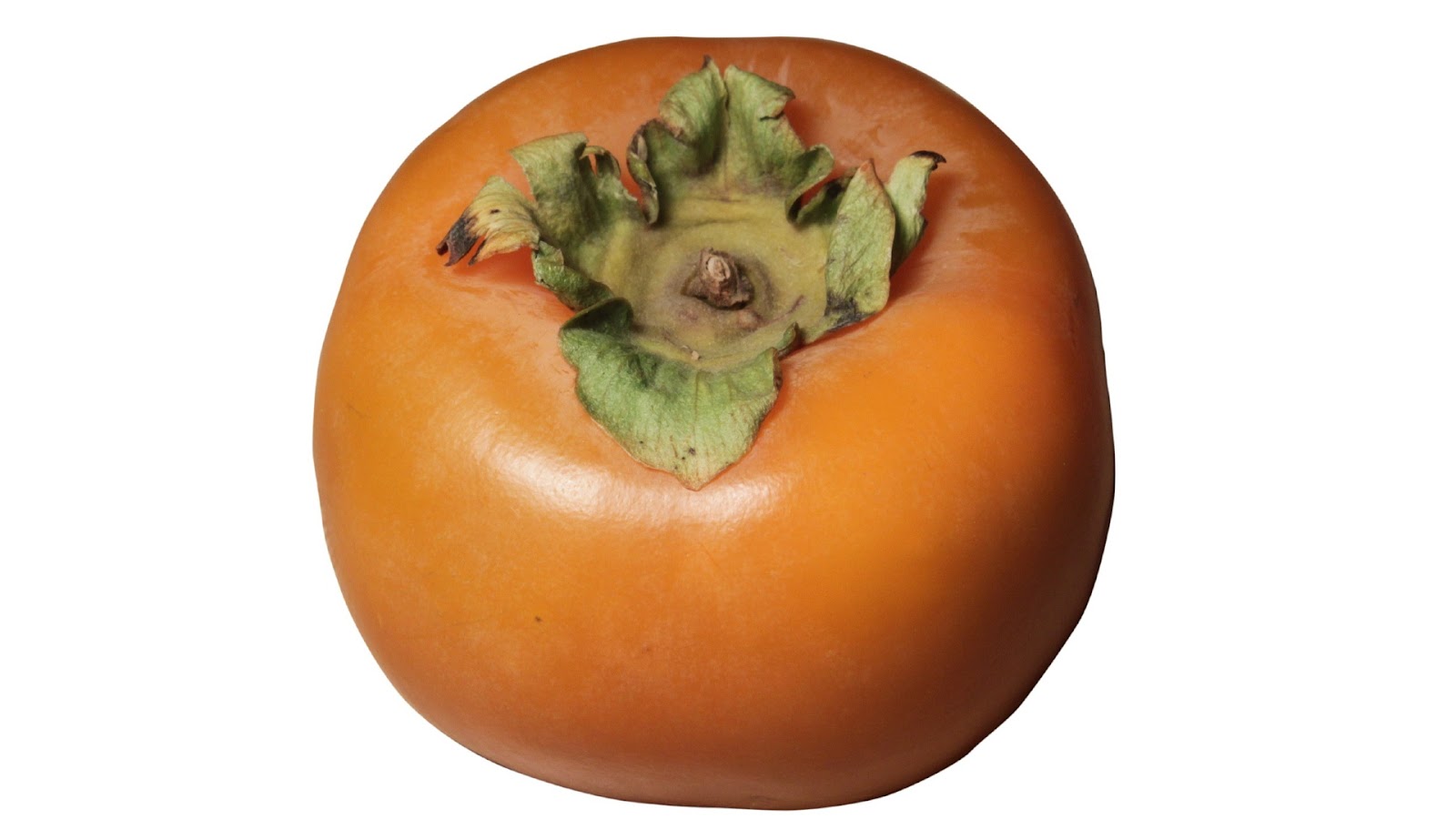
Fuyu Persimmons
One of the most widely-grown non-astringent persimmons around the world, Fuyu persimmons fruit doesn’t have a core or seeds. It also has an orange skin that resembles a pumpkin and its sweet flesh matches the color of the exterior.
To describe this astringent persimmon, Fuyu persimmon has a squat fruit that has a tiny green cap at the top. The fruit size is not as large as the other types of persimmons, particularly at the side of non-astringent persimmons.
Since Fuyu persimmon comes from the non-astringent persimmon family, you can take a bite of the freshly picked fruit from the tree, even those fruits that are still firm. By doing that, you’ll be greeted with its sweet and rich, with a hint of clove flavor.
Fuyu persimmon is also one of those cultivars that has less to no imperfections. This persimmon is actually one of the primary choices of farmers as it can sell at a high rate of sellable fruits in the market.
This type of persimmon is usually harvested from the middle of November to the middle of December.

Eureka Persimmon
One of the types of astringent persimmons, Eureka is a popular persimmon across the US and Asia. The medium-sized fruits are usually ready to be picked k from late October through early November.
From the pleasing red color of its skin to the delicious taste of its flesh, this astringent persimmon is definitely a must-try. This is also one of the best persimmons when it comes to texture as it can be stored on the shelf for a longer period of time.
Though most of the persimmons don’t contain any seeds, this astringent persimmon does have a lot of seeds inside.

Chocolate Persimmon
This Chocolate persimmon may not taste like “chocolate”, but it is an interesting cultivar. Just like other types of persimmons, this one will look like the average one with bright orange flesh. Not until you take a bite into the flesh and notice its dark brown color comparable to a chocolate jelly.
Though it doesn’t taste like a fruit made on cocoa-based confection, this persimmon is as sweet as the chocolate with a bit of nutty spice that is incredibly juicy.
Its seedless medium-sized fruit has an exterior of bright red skin. This appearance makes this persimmon stand out if you will place it in a bowl of other types of persimmons.

Hachiya Persimmons
The hachiya persimmon has an acorn-like shape fruit with bright orange skin. You’ll see this astringent persimmon being grown widely in California as it is the most popular type of persimmons in that area.
To get the best flavor out of hachiya persimmon, you will need the ripe fruit to “overripe”. This allows the flesh to produce a sweeter taste than non-astringent varieties like “Fuyu”.
Hachiya persimmon can be harvested starting mid-November and you can continue harvesting the ripe persimmon off the tree until mid-December.
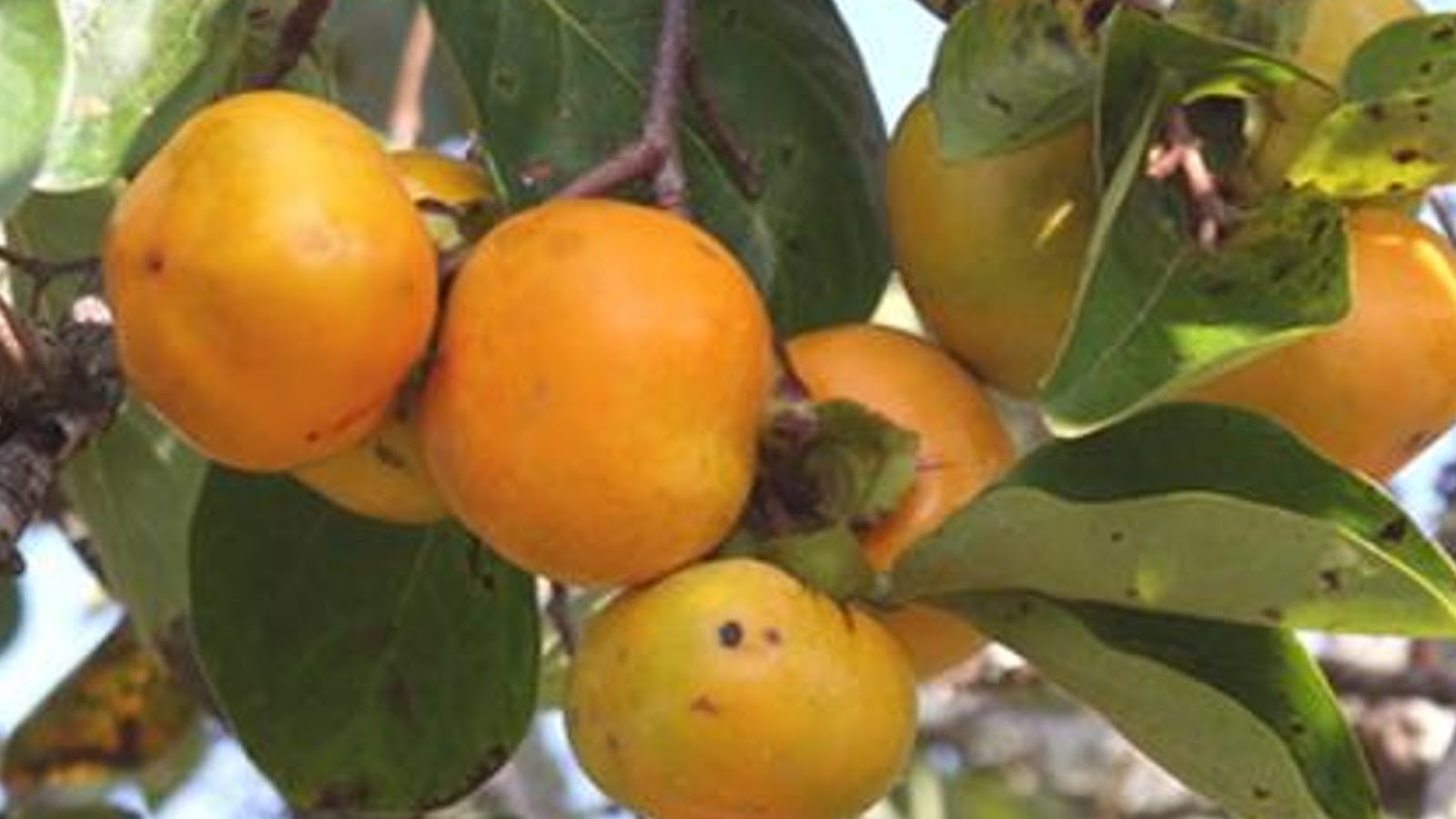
Great Wall Persimmon
Great wall persimmon is brought by J. Russell Smith, a plant geographer, to the US from the Great Wall of China in the 1920s. This is where its name has been derived.
It has been modified to adapt and be more tolerant of colder temperatures through grafting. This astringent persimmon cultivar can grow up to 20 feet tall.
The fruit will provide a cinnamon-orange flesh once it reaches the right ripeness. On the outside, you will spot the medium orange skin. You can start harvesting this one of the astringent persimmons in late September through late October.
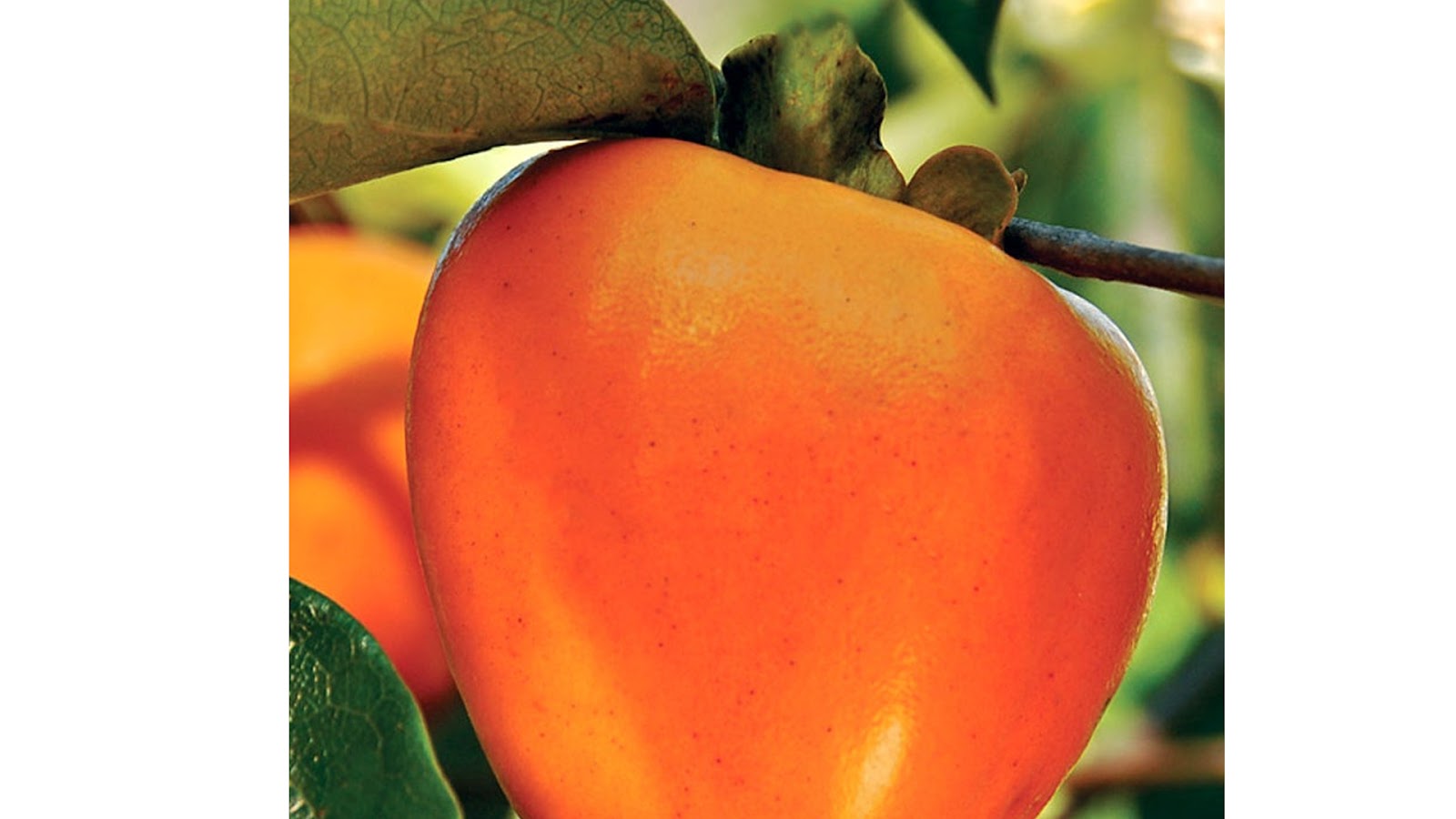
Giombo Persimmon
One of the astringent persimmons, Giombo persimmon, would provide fruits every year as it matures. It is also one of those astringent varieties that would give massive fruits with a slightly conical shape.
You can distinguish that you have a ripe fruit once the outer skin turns into almost translucent orange and wrapped around jelly-like flesh. The distinguishing factor of this astringent persimmon is the spicy-yet-sweet taste that would get better once it fully ripe.
Giombo can also be harvested between mid-September to mid-October. This persimmon also produces leaves early, make sure to check it for frosting.

Maekawa Jiro
This non-astringent persimmon tree is a small grower and its maximum height would not exceed 15 foot tall. It produces fruit that ripens from mid-October through mid-November.
The fruits of this persimmon are also very large, but they are prone to tip cracking. Its flavor is comparable to a sugar cane but it lacks the spicy notes found on other non-astringent persimmons.
What Are The Other Types of Persimmons
Persimmon fruits are considered as national fruits in other countries, just like Japan. That is why you can also have the Japanese persimmon. There are also other oriental persimmons that are cultivated worldwide.
May it be astringent or non-astringent varieties, you can definitely spot some of them at the other parts of the globe. They can also go by other names, just like it is called Sharon fruit in Israel. Japanese persimmons are also called Kaki in Japan.
They also vary in sweetness, others may taste like brown sugar, while others may provide an apricot-like flavor and texture. They are usually eaten fresh when on the peak of their ripeness. Others may prefer it unripe or extremely ripe and they can be incorporated on baked goods.
Their texture could also vary, just like how an unripe hachiya differs from a ripe hachiya. Their skin color would also change from bright orange color to deep orange color as the fruit ripens. Some of them can be wonderfully sweet, slightly tangy and they might have a slippery texture.
Better check out other persimmons out there. There are different persimmon varieties that you found. Just like American persimmon, Texas persimmon, cinnamon persimmon, and Japanese cultivar.
Persimmon types can also be classified into astringent types and non-astringent types. Thank you for checking the different types of persimmons through this post.
